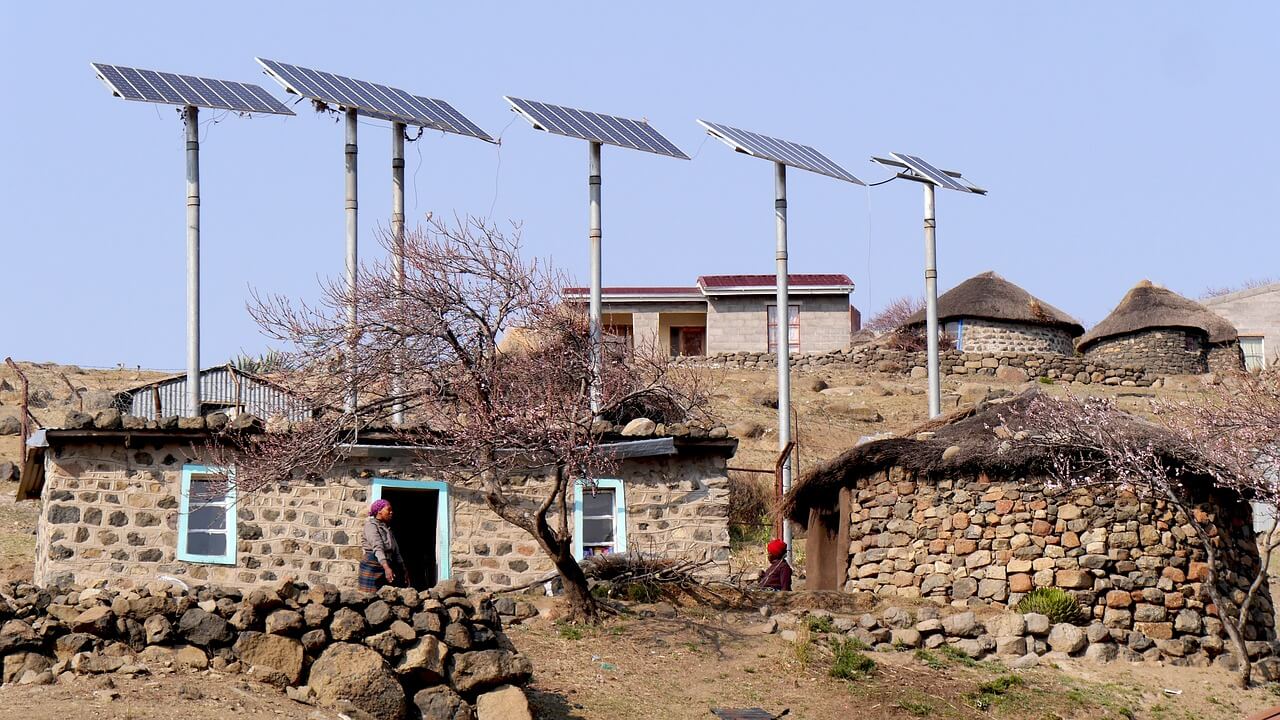Energy usage decreased during the pandemic, which caused the stagnant nature of the growth in the energy sector. This need has been steadily rising since 2021 as production, transportation, and business have all resumed. In 2022, when the Ukraine conflict caused instability in the energy market, Net Zero’s projections were again revised.
Countries are trying to balance net-zero goals with the urgent need for new energy sources while attempting to become less dependent on imported oil and gas. So the future of solar energy looks promising in 2023 due to promising trends and predictions for the industry. With growing concerns about climate change and the need for renewable energy sources, solar power is poised to play a pivotal role in the global energy transition.
So let’s explore the future trends and predictions of solar energy from below.
1. Development of more efficient solar panels
One of the most significant trends in the solar industry is the continuous decline in costs. Over the past decade, the cost of solar panels has plummeted, making solar energy more affordable and accessible. This is due to the continued technological advancements, economies of scale, improved manufacturing processes, etc., to drive down the cost. All of these would make solar energy become more competitive with traditional fossil fuel-based sources.
2. Increasing the efficiency of solar panels
The development of more efficient solar panels means that photovoltaics will be able to convert sunlight into electricity with greater efficiency than in the past. This means you may use the same size panel to generate more electricity, reducing the overall cost. The development of tandem solar cells that combine different materials to capture a broader spectrum of sunlight. This higher efficiency will make solar power an even more viable option for meeting global energy demand.
3. Energy storage advancements
The integration of energy storage technologies with solar power systems is another important trend for the future. Energy storage solutions like batteries enable easier solar energy use during low sunlight and high demand. As energy storage costs continue to decrease, more efficient and affordable batteries will become available, improving the reliability and flexibility of solar energy systems.
4. Smart Grid Integration
The increased use of smart grids would significantly impact the solar energy industry. Solar energy systems can be integrated into smart grids, enabling real-time monitoring, optimization, and grid interaction. This integration will enhance the grid’s ability to accommodate large-scale solar installations and maximize the utilization of solar energy resources.
5. Technological innovation
More exciting technological innovations in the solar energy sector will grow, such as perovskite solar cells, solar windows, organic photovoltaics, etc. All these can expand the range of applications and integration of solar power into various surfaces and structures. These innovations will contribute to the overall growth and adoption of solar energy across different residential, commercial, and industrial sectors.
6. Driving policy support
Government policies and incentives play a crucial role in driving the growth of the solar energy industry. Moreover, it is predicted that the trend of distributed generation of solar energy will grow, as well as decentralization. This decentralized approach reduces transmission losses and enhances energy resilience by creating a more robust and resilient energy infrastructure.
Final Thoughts
Solar energy is a rapidly growing industry that is predicted to develop more exponentially in the coming years. According to the above trends, it can be predicted that the price of solar panels and solar integration will fall continuously. Hence, more individuals and businesses will willingly install solar systems as it would be affordable to adapt.
Not just buildings with new technologies, the use of solar energy will also grow in the transportation sector. With the growing trends, solar energy will most likely play a significant role in the global energy mix in the coming years as efforts to decline fossil fuels reliance and combat climate change accelerate.
